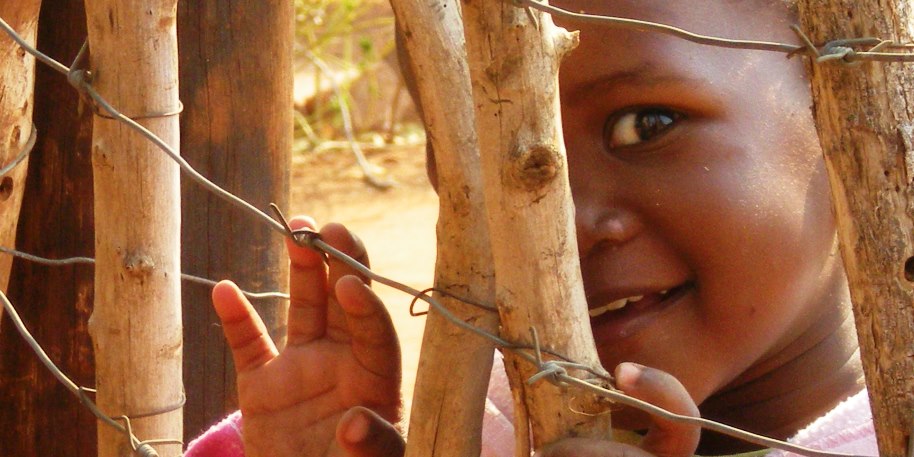One experience in particular stands out from my work with a very well-meaning MFI whose staff claimed that there were not poorer clients or women to whom they could lend. In order to shed some light, I went out and interviewed people whom I thought were potential clients who were poorer than those currently served and took their pictures. I also interviewed and photographed some people at a slightly higher economic level that I thought resembled the people they were currently serving.
At a staff meeting, I posted pictures around the room and asked staff members to choose the people whom they would approach about a loan. Then, I shared the brief profiles of people interviewed and ask them to again choose. After the selections were made and tallied, we matched profiles with pictures. Many of the people who were chosen based on their profiles were not chosen based on their pictures, revealing an apparent disconnect between the intent to serve poorer clients and the ability to identify them visually. This reflection led to the development of specific strategies to target certain profiles of clients that had previously been overlooked.
For diverse reasons, the poorest members of society can become invisible to us. Perhaps they are so omnipresent that we learn to look past them. Perhaps they are confined to their homes because of mobility problems. In many cases, the poorest serve in roles in which culturally they are not typically acknowledged as 3-dimensional individuals. In some contexts, such as Latin America, being labeled poor has an element of moral judgment and is seen as synonymous with “lazy” or “dissolute”; therefore, the “poor” are not seen as likely or attractive customers. Whatever the reason, sometimes even well-meaning MFI field staff can be afflicted by this “blindness.”
What are some strategies that MFIs can use to help existing staff more successfully identify poor people who could benefit? The best pro-poor MFIs that I have seen have strong orientation programs that help staff to see the poor as human beings in all their complexity. One organization in the Philippines even sent new staff to live with a poor family for a few days to better understand their reality. While it may not be necessary to go to this extreme, structured, reflective interactions with some of the organization’s humblest businesses and families can go a long way toward bringing this population into focus for staff and helping them to see potential in those who were once invisible."
-Lisa Kuhn Frailoli
Lisa Kuhn Fraioli has over 12 years experience in microfinance and 16 in Latin America. She has provided technical assistance and training to microfinance organizations throughout Latin America with Freedom from Hunger, as well as worked as a gender and microfinance specialist for Opportunity International, specializing in product design and research. She is currently the Executive Director of the Foundation for Sustainable Development, which supports asset-based community development through capacity-building, small grants, and international volunteers and interns. Learn more about FSD's work here.
This article originally appeared on the Truelift blog.


 RSS Feed
RSS Feed